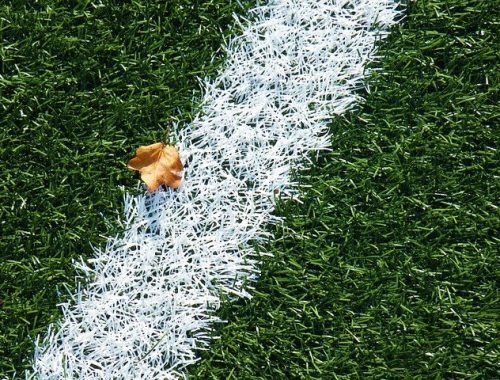Home Improvement
Important Factors When Installing Artificial Grass
Artificial grass has been around for quite some time. Even the early Romans had laid claim to having created artificial grass for public spaces. The first real artificial grass was created in 1855 by Richard C. Laramy. In recent years, artificial grass has found increasing popularity in many parts of the world. This is largely due to the fact that its artificial nature allows it to be used almost anywhere without any type of maintenance or worry over the grass becoming damaged. Other than the fact that artificial grass does not require much in the way of upkeep, artificial grass is also a cost effective solution to providing a pristine and healthy environment to those who use it.
Artificial turf comes in a wide array of colours, styles and textures, making it perfect for just about any setting. Most artificial grass installations are designed to mimic the look and feel of natural grass. It is generally used on golf courses, basketball courts, football pitches, soccer fields or any other location where it can be used in order to enhance the look of the ground. However, it has recently become use in residential areas as well and is being used for both residential lawn and commercial landscaping applications.
The first thing to think about when installing artificial grass is what exactly you are trying to achieve with the installation. Many people install artificial lawn grass in order to create a natural looking landscape. If you have a fairly flat and even surface to play on, then a natural lawn may not be the ideal option for you. The purpose of the artificial lawn is essentially to replicate the grass-like qualities that would naturally exist in a natural lawn environment. You may want to recreate a natural lawn with trees and shrubs whereas your objective may be completely different to the latter. No matter what the final end result of your artificial lawn installation is, the overall goal is to provide your yard with an all-natural look while still maintaining its modern look.
Another factor to consider when installing artificial grass is that of weeds. Most homeowners believe that they are automatically eradicated once they lay down the turf. This is not always the case and if you are putting down turf that has not been treated with herbicide, you will have to contend with weeds every single day after it has been installed. Weed killers can help to keep most weeds under control during the initial few months but once the turf begins to deteriorate and is exposed to more sunlight, weeds often take over throughout the summer months. To ensure that this does not occur, you will need to have weed killers on hand and in the coming season, continue to apply them every month until the weed issue has been resolved.
A good aspect of using artificial grass for landscaping purposes is the fact that it requires very little maintenance. Unlike natural grass, the installation of artificial turf does not require mowing, trimming or weeding. In fact, one of the main reasons why many homeowners switch to installing artificial grass is the fact that they are able to save money on lawn care. When compared to the time and effort it takes to maintain a traditional lawn, it’s easy to see why so many homeowners choose to install this type of turf. It’s important to remember, however, that most homeowners should still consult with their local lawn care companies.
One last thing to consider when installing artificial grass is the cost. With all of the options available today, it’s easy to spend a lot of money installing artificial grass, especially if you are laying synthetic turf over an expensive garden area. This is where homeowners should be aware of how much synthetic grass they can install for their property. Prices vary according to the size and type of the backyard area you are installing it in, as well as your budget.

